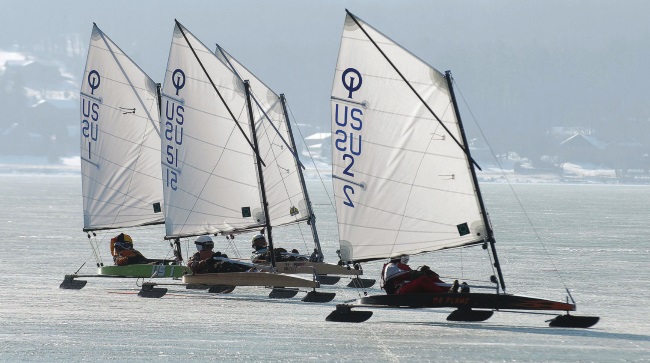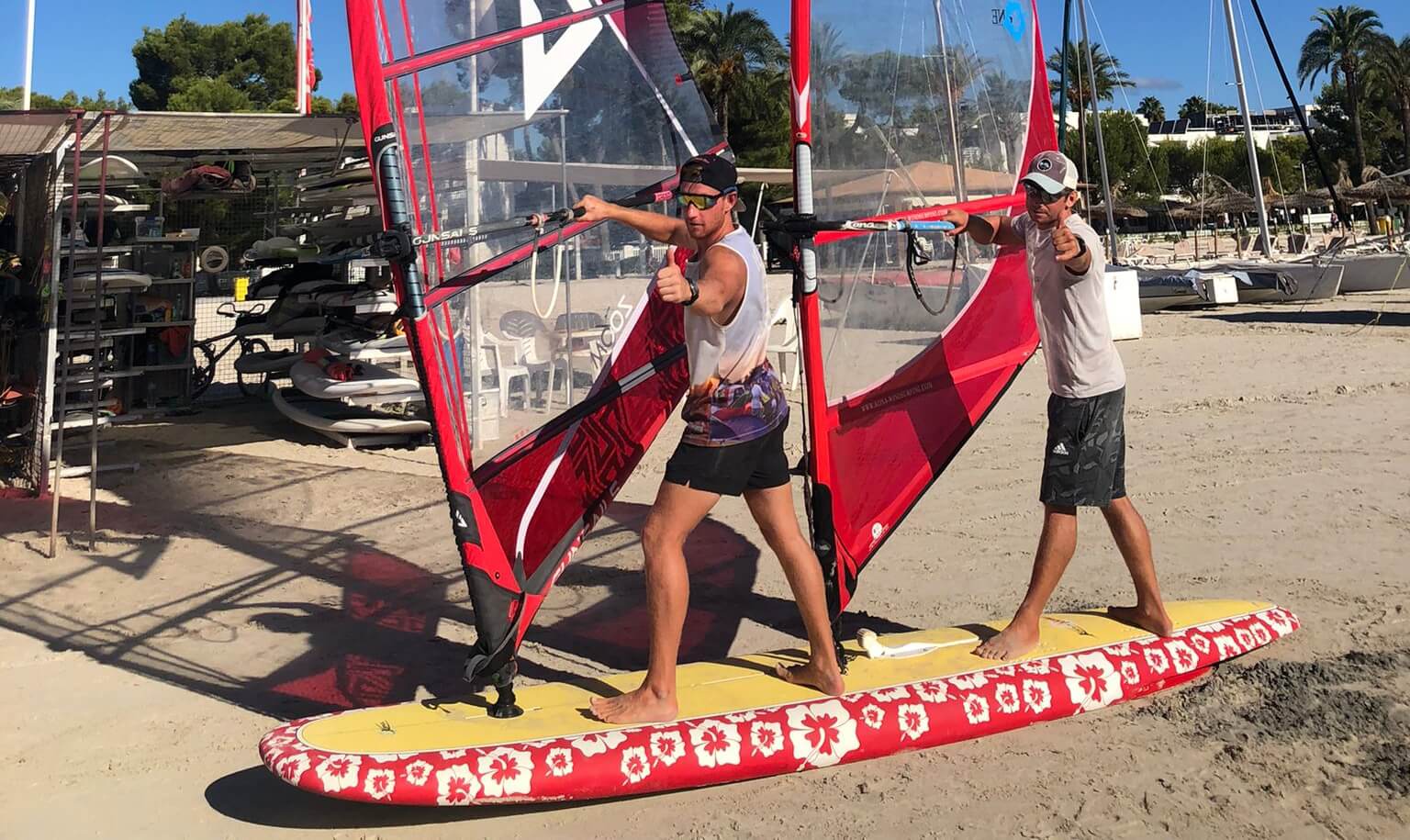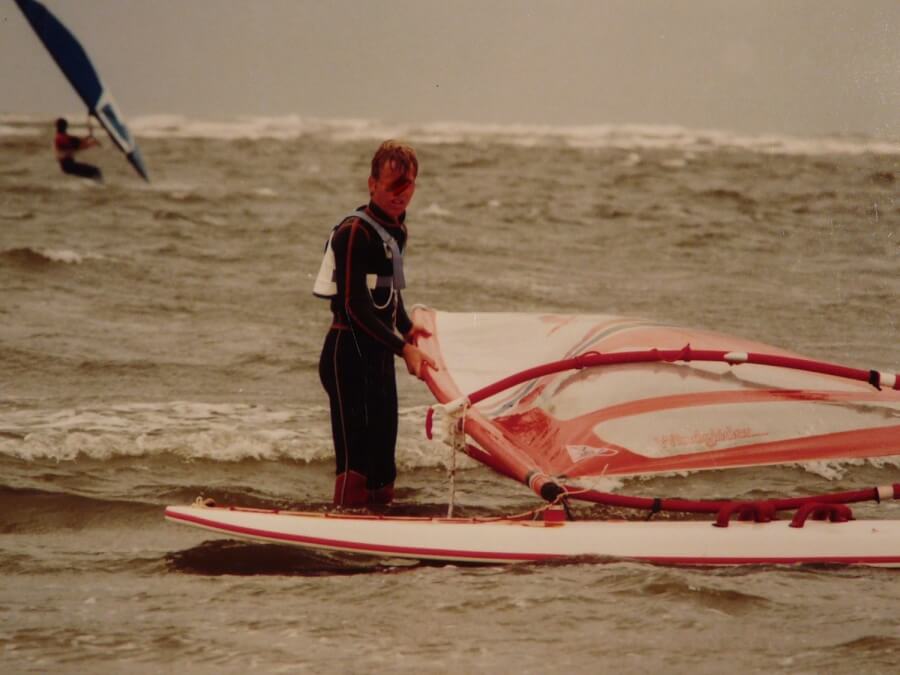
Ice Sailing
With the onset of winter in the northern latitudes of Europe, the sailors are compelled to take a longer break. In many countries sailing continues despite the frozen rivers and lakes or just for that reason.
The origins of ice sailing are in the 17th century Holland, where sailors sought a way to use their boats on frozen water surfaces. The first ice skaters were therefore small load sailors, on whose flat bottom skids were mounted. With these simple means, it was possible to sail the boats normally in the water as well as on the ice.
Like sailing in general, ice sailing around 1850 found the interest of amateurs, who no longer operated the trade as a professional necessity but as a pastime. In 1865, the first ice club in the world was founded on the Hudson River, and the first ice yachts were built (as opposed to work boats).
Because of the very low friction on the ice, very high speeds can be achieved. There are, as in sailing sport in general, a wide variety of boat types and classes, which differ significantly in their design and size. The best-known and most popular ice-sled sledge is the DN-sledge developed in the 1930s. The current speed record is 135 km / h. And if you want to learn it, sailing basics are beneficial. Tack, jibe and a good feeling for the wind are prerequisites to quickly control of the flying sledge.
Ice sailing is a sport restricted to a limited number of areas. It has been found only in places where suitable waters, cold winters and a certain maritime tradition can be found, such as Holland. The Baltic Sea (Lithuania, Latvia and Estonia), Russia and Central Europe (Denmark, Germany, Poland, Switzerland, Austria, Czech Republic and Hungary) are limited to a few exceptions, as well as the northern USA and Canada.


